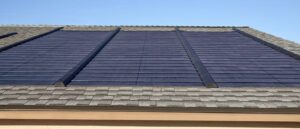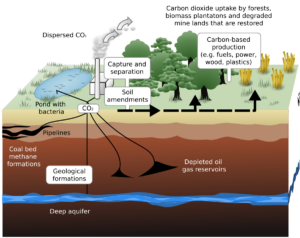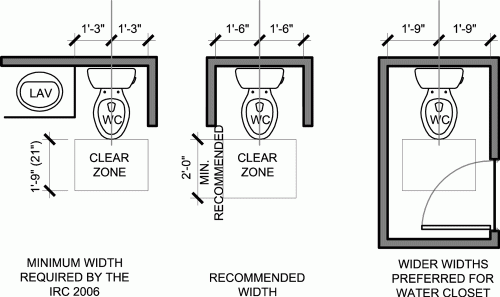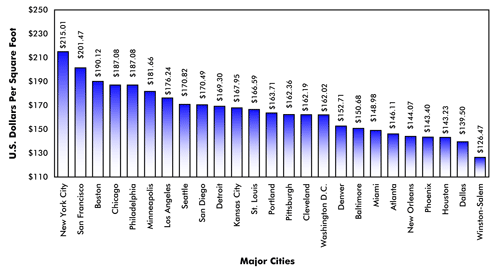Agrivoltaics: Harvesting Energy and Crops on the Same Land
Agrivoltaics is a game-changing approach to land use that combines agriculture and solar energy production. It allows farmers to grow crops beneath solar panels, making better use of limited land resources. As climate change and energy demands rise, agrivoltaics offers a sustainable, dual-purpose solution.
What Is Agrivoltaics?
Agrivoltaics—also called agrophotovoltaics—places solar panels above or around agricultural crops. These panels generate clean energy while allowing sunlight, air, and water to reach the plants below. The system creates a symbiotic relationship between solar power and food production.
The idea originated in the 1980s, but it has only recently gained momentum. Advancements in solar technology and mounting structures have made agrivoltaics more viable and scalable.
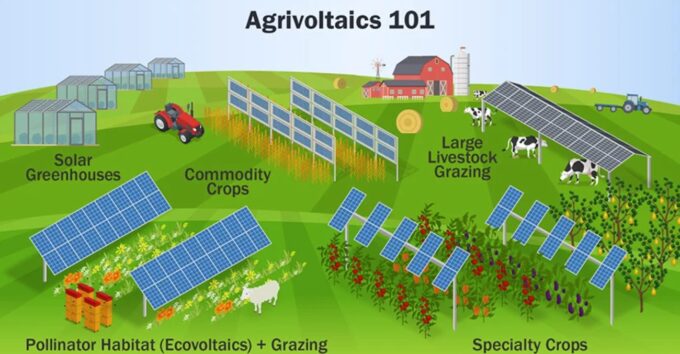
Learn more:
NREL – Agrivoltaics Research
How Agrivoltaics Has Evolved
Early experiments with agrivoltaics faced technical and logistical challenges. Panels blocked too much sunlight or made farming tasks difficult. However, improved designs now allow better light transmission and easier access.
Adjustable panel heights and tilting systems now accommodate machinery, irrigation, and crop cycles. Dual-axis trackers follow the sun and increase efficiency while providing dynamic shade for crops.
Researchers also study crop varieties that thrive under partial shade. Many leafy greens, berries, and root vegetables benefit from reduced heat and evaporation under solar panels.
Benefits of Agrivoltaics
Agrivoltaics provides many advantages for farmers, communities, and the environment:
-
Land optimization: Produce food and energy on the same parcel of land.
-
Climate resilience: Shade from panels reduces plant stress and water use.
-
Energy generation: Farmers gain a new revenue stream from electricity sales.
-
Biodiversity: Mixed-use landscapes support pollinators and reduce monoculture impacts.
Agrivoltaics also reduces competition between solar farms and agricultural land, a growing concern in regions with limited space.
Learn more:
Fraunhofer Institute – Agrophotovoltaics
Agrivoltaics in Practice
Successful projects in the U.S., Europe, and Asia are proving the value of agrivoltaics. In Arizona, the University of Arizona found that crops like tomatoes and chiltepin peppers grew better under solar panels. They also used less water and showed greater yield consistency.
In France and Germany, vineyards and vegetable farms now incorporate agrivoltaic systems. Japan has embraced the approach on rice paddies and green tea fields. South Korea supports agrivoltaics through national policy to boost rural income and renewable energy.
Design Considerations
Designing agrivoltaic systems requires thoughtful planning. Factors include:
-
Crop type and sunlight needs
-
Panel spacing and height
-
Soil and water management
-
Access for tractors and workers
-
Electrical infrastructure and grid connection
Not all crops or farm operations are suitable. But with careful integration, agrivoltaics can enhance both agricultural and energy output.
A Model for the Future
Agrivoltaics represents a powerful tool for sustainable development. It conserves land, boosts clean energy, and supports local food systems. As solar technology becomes more adaptable, agrivoltaics will continue to grow in relevance.
By combining innovation and tradition, this approach helps meet the urgent needs of our time—energy, food, and land conservation.


